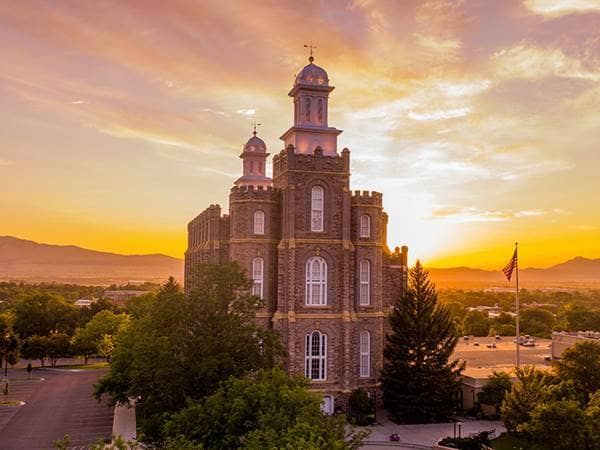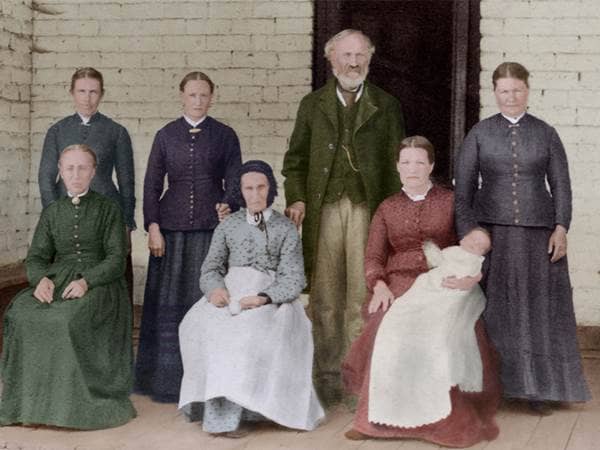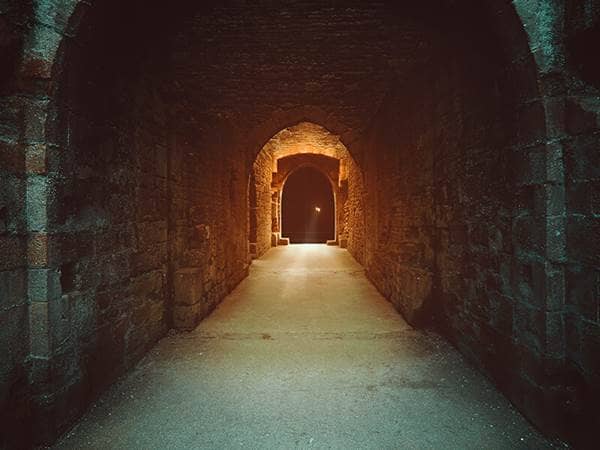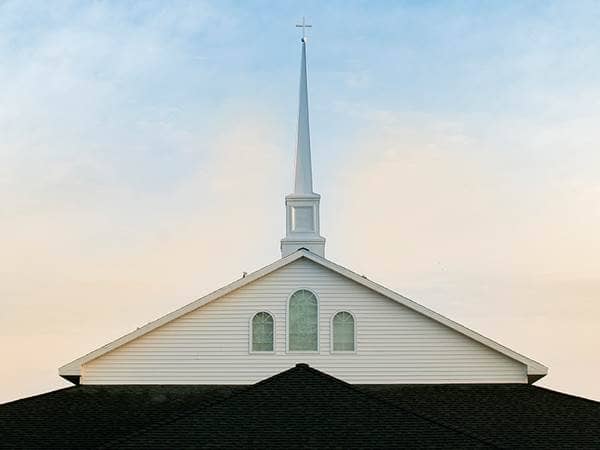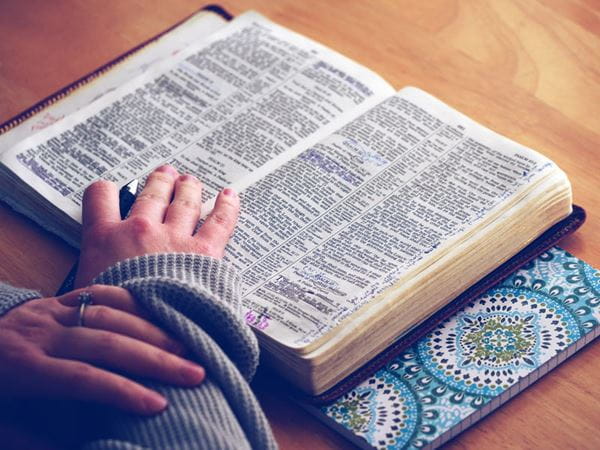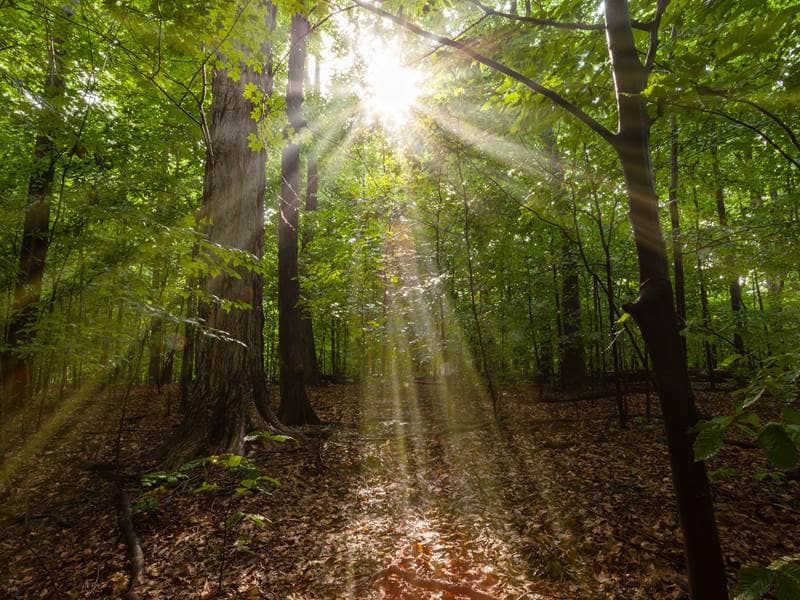
- Trending:
- Pope Leo Xiv
- |
- Israel
- |
- Trump
- |
- Social Justice
- |
- Peace
- |
- Love
The 100 Most Holy Places On Earth
The Sacred Grove

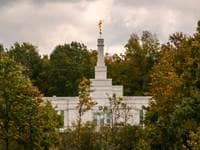
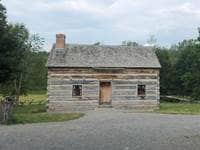
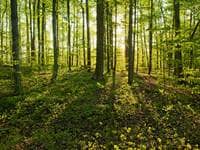
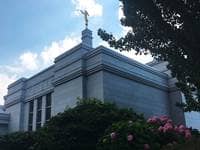
Associated Faiths:
The Church of Jesus Christ of Latter-day Saints
Accessibility:
Open to visitors.
Annual Visitors: 100,000
History
The Sacred Grove and Smith Family Farm is a tract of land in western New York, formerly owned by the family of Joseph Smith, Sr. In what was known as the “year without a summer”—and due to the 1815 Tambora volcanic eruption (in Indonesia)—Joseph Smith, Sr.’s farm in Norwich, Vermont experienced a total crop failure in 1816. As a consequence, the 45-year-old Smith uprooted him family, moving them to Palmyra, New York. Paying somewhere between $600-700, Joseph Smith Sr. purchased a 100-acre farm in the Palmyra area, which they used as an apple orchard and sugar maple farm. Of that 100-acres, the Smith family cleared 60, and cultivated about 35 acres. The remaining acreage remained heavily forested and was mostly used for the production of timber.
During the Smith family’s 14-years living in the Palmyra area, the Second Great Awakening was in full swing—and the area became known as the “Burnt-over District” because of the overabundance of revivals in churches and camp-meetings. While several of the Smiths were drawn into the spirit of the times, it was the 4th son and 5th child of Joseph Sr. and his wife, Lucy Mack Smith that would be most influenced by what he experienced in the various revival meetings he attended.
Provoked and confused by all of the differing claims of the various Christian denominations (engaged in the Second Great Awakening), the fourteen-year-old Joseph Smith, Jr. began to question the rightness of their claims and even his own ability to know which was right and which was wrong. After an extended search—including visiting various faith traditions and struggling to read and understand the Bible—the young man entered the wooded portion of the family farm, proceeding to a place he had been chopping timber only the day before, and where he had frequently spent time in prayer. Calling upon God for understanding, Joseph Smith, Jr. had a visionary experience which would change not only his life, but that of millions who embraced what he called the “Restored Gospel of Jesus Christ.”
Fourteen years after arriving in Palmyra, the Smith family would leave the state and move to Ohio. The farm, which they lost through foreclosure (in 1825), was the purchased by a Quaker man named Lemuel Durfee. (He rented the property to the Smiths from 1825 until 1830, when they moved from the state.) In 1907, the farm was purchased by The Church of Jesus Christ of Latter-day Saints. And the grove behind the Smith’s reconstructed two-story log cabin has become a popular pilgrimage site for Latter-day Saint Christians and those curious about the history or doctrines of The Church of Jesus Christ.
Religious Significance
Joseph Smith Jr. grew up in a faith-filled protestant home.
While his father was “un-churched,” as were a couple of other members of the Smith family, young Joseph’s mother was quite religious, and Joseph Jr. was himself prone to Methodism. Having participated in the “fire” of the Second Great Awakening—and having been moved and motivated by a sermon from the New Testament book of James (preached by a local Methodist pastor)—in the spring of 1820, Joseph Smith, Jr. entered the grove of trees behind the family farm, and prayed to know which Church was true, and which he should therefore join. He said that he had a vision while praying. He saw God the Father and His Son, Jesus Christ. Young Joseph Jr. said that he was instructed to not join any of the Churches. For all of the good that they taught and for all of the doctrines they got right, the young boy said that God told him that none of them were “His Church,” and that they had all gone astray in various ways, “having a form of godliness, but denying the power thereof.” Because the grove behind the Smith home was the location of this theophany—this appearance of the Father and Son—the site has become a “sacred site,” not just for members of The Church of Jesus Christ of Latter-day Saints, but also for restoration branches of Christianity, with millions tracing their beliefs and their particular denomination back to Joseph Smith, Jr.’s experience in what has come be to known as the “Sacred Grove.”One of the messages of Joseph Smith’s “first vision” (or “first visitation”), as it has been called, is the doctrine that God has always worked through prophets and—as a being that is “the same, yesterday, today, and forever”—continues to work through prophets today. In other words, the “sacred grove” is “holy ground” because it stands as a testament that prophetic powers did not end with the close of the New Testament. Rather, with Joseph Smith’s call as a prophet of the living God, prophetic authority was restored to the earth and living prophets and apostles walk the earth today, informing the world that the heavens are open, and that God continues to speak to humankind in these latter-days.
Another reason why the “sacred grove” and the Smith family farm (on which it rests) are important is that they stand as a witness to the reality that “apostasy”—the rejection of God’s will and ways—can cause truth, revelation, and even “sacred space” to be lost, or be withdrawn by the divine. One of the primary things Joseph Smith learned during his vision of God was that an “apostasy” of true Christianity had happened in the early centuries of the Christian Church. When the apostles and prophets died, and the Church ceased to claim ongoing prophetic revelation, Christianity went hundreds of different directions, and the uniformity desired by God for those who follow Christ was lost. The rejection of the words and teachings of living prophets has always caused “apostasy” and the loss of spiritual gifts. That is evident throughout the Old and New Testaments. The sacred grove is a reminder of this. “Sacred space” is always tied up with revelation—as the point of “sacred space” is always to connect the pilgrim with God. However, once revelation is rejected, the sacred space becomes “mundane.” Joseph Smith, Jr.’s many visions and revelations—starting with his first one in the Sacred Grove—all taught the importance of revelation, of prophets, and the actual necessity of “sacred space” to fully commune with the divine.
Thus, members of The Church of Jesus Christ of Latter-day Saints have their church buildings—in which they hold their communal worship services each Sunday. However, the Church also builds temples throughout the world, spaces set apart and with limited access—in which sacred sacraments can be performed, an in which the faithful gather to commune with God. For Latter-day Saint Christians, “sacred space” is one of their most important principles of worship—and the “Sacred Grove” behind the Smith family farm reintroduced that crucial principle in these, the latter days.


